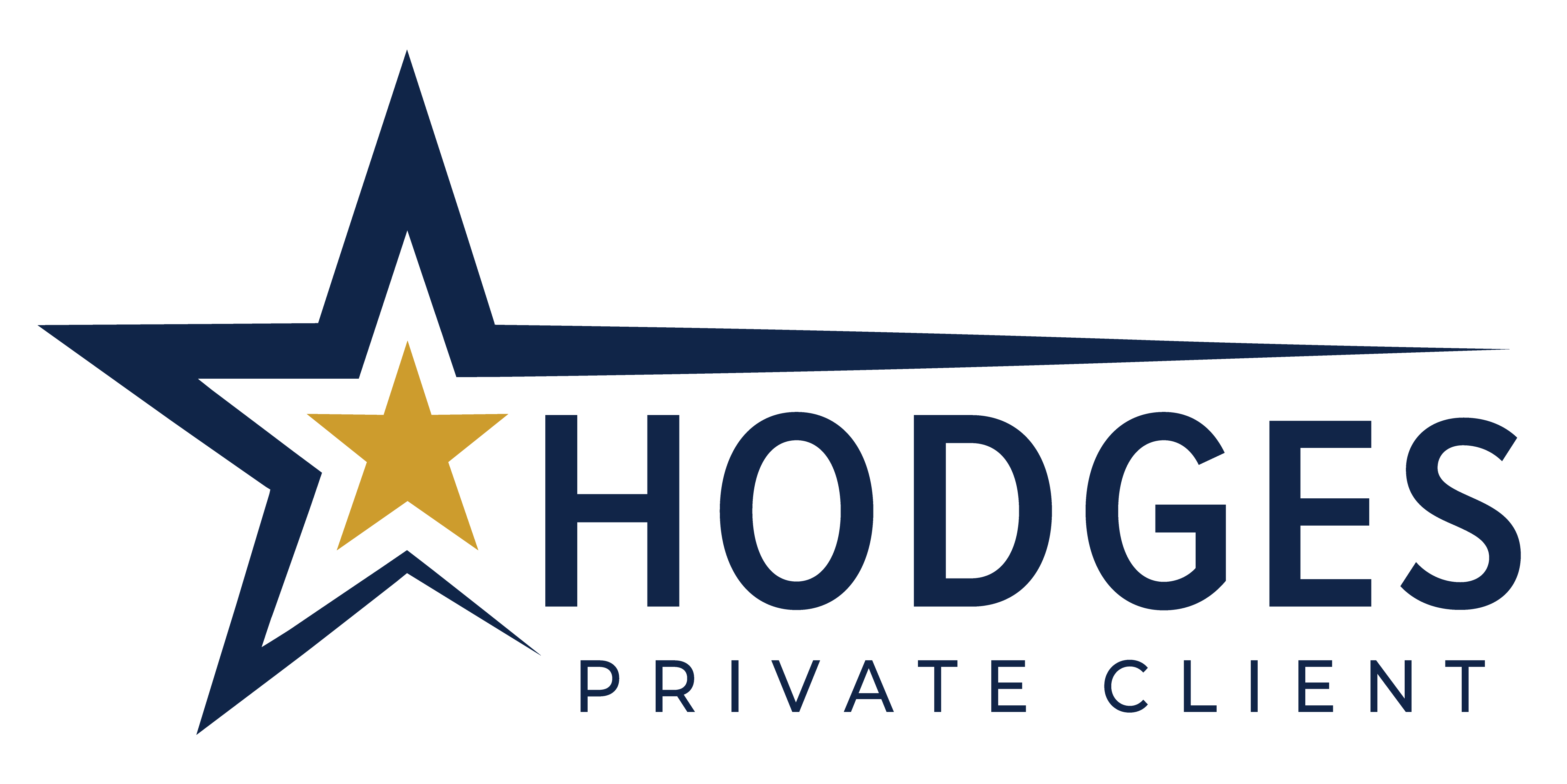Retirees Might Be Focusing on The Wrong Risk
by Hodges Private Client Team, on Aug 16, 2022
Risk. It’s something we equate to investing and a term used almost everyday in this business. We know that markets can be rocky at certain times, and what we’ve seen since January is a sobering reminder of how volatile these downturns can be….in the short run. However, letting the market dictate your investment plan would not be a solid idea, nor is it advised to allow your emotions to get involved with your investments. Doing so will usually lead us to make the wrong decision at the wrong time. Furthermore, the market risk is only a perceived risk, because over time markets have proven to move higher. If you think I’ve misspoken, take a snapshot of a broad market index, like the S&P 500, and then go back 20-30 years and see where it was then vs. where it is today.
Over the past decade, I have noticed that people are not only retiring earlier, but also living longer. These two scenarios invite in the biggest risks to a retiree: Longevity Risk and Purchasing Power Risk. These are not perceived risks, but real risks. Understanding how you, as an investor, and we as a manager, can alleviate these two risks is important. So, let’s jump right in and discuss.
LONGEVITY RISK
Let’s take two spouses that are both 65 and heading off into retirement. The SSA Period Life Table shows that average life expectancy for a 65-year-old male and female is 83 and 85, respectively. Now, that is showing you the average, and that is a representation of, well, everyone. If you fit into any or all of the categories listed below, you are probably not everyone and could have higher longevity.
- Worked a less physically demanding job
- Attained higher levels of education
- Earned an above average income
- Practiced better health habits; eating and exercise
- Received better quality healthcare
So, preparing for a longer than average retirement is probably prudent. Err on the side of caution, I say. Planning for a joint life expectancy in the range of 90-95 years would probably make the most sense. That equates to a 25–30-year retirement time horizon, and that’s about 1/3 of your life!
PURCHASING POWER RISK
So, with this new time horizon in mind, what does that mean for your retirement investing and spending plan? Well, for starters, take a look here. You can see that it would take $2.11 in today’s dollars to purchase what $1 would back in 1992 (30 years ago). Given that retirees will need to harvest money from their investment accounts, and most in our profession would advise a client to drawdown no more than 4% of the total portfolio value in any given year, this is an important concept to grasp. For sake of this article, we’ll use $1,000,000 as the total portfolio size.
Therefore, the withdrawal in Year 1 (back in 1992) would have been $40,000. In each subsequent year the total drawdown amount would increase by the rate of inflation. When you extrapolate this out, given the information from the calculator in the link, the drawdown at Year 30 (2022) would be a whopping $84,394! Think of that. It took $84,000 this year to buy the same amount of goods/services that $40,000 did back in 1992. The numbers were calculated by taking in the inflation rate in every year during those 30 years, so there were periods of both high and low inflation.
We do not know what the average inflation rate will be over the next 30 years, but I’d be willing to guess that it would probably be filled with higher rates and lower rates, just like other 30-year rolling periods.
COMBATTING LONGEVITY AND PURCHASING POWER
Allow me to bring this all home. The longer you live, the longer you’ll be drawing down on your portfolio and also combatting the headwinds of inflation. There is a remedy for this and here it is with some actual numbers.
Inflation: From $1 in 1992 to $2.11 in 2022, that’s a 111% increase in the cost of living (inflation rate).
S&P 500 Dividends: In 1992, the combined dividends of the stocks inside the S&P 500 were $25.86. For 2021, they were $64.18. That’s an increase of 148%.
S&P 500 Index: It started off 1992 at 416. It ended 2021 at 4766. That’s a 1045% increase! Mind you, since 1992 there have been 3 gargantuan market events that sent the S&P 500 down over 30% in each case. Late 2001-2003, 2007-early 2009, and that brief 6-month period of 2020. There were also countless corrections in those 30 years, along with multiple wars, political periods favoring majorities of both Democrats and Republicans, terrorist attacks, and many other “crises du jour”. It never is a linear march upward. There are always temporary market setbacks, yet time tends to heal all market wounds.
When you cobble together rising dividends and rising investment values over time, this is a concept called Total Return. In both examples above, the amount of appreciation from each (dividends and the market return for stocks) handily trumped the inflation effects. This is exactly what you need in a retirement portfolio because then your future money needs will provide you with the means necessary to maintain your purchasing power in future years.
Given the tendencies of pre-retirees to have a fixation with the current market/economic environment, rather than focusing on what needs to be accomplished with their money, we hope this piece arms you with some interesting facts.
We have a unique way in which we construct retirement income portfolios, and we’d like to show you how we do this. These types of calls are better received one-on-one, so please contact us and set up a time to talk.
Hodges Private Client is a program offered through Hodges Capital Management, Inc. (“HCM”). HCM is an Investment Advisory Firm registered with the Securities and Exchange Commission (“SEC”), is a wholly owned subsidiary of Hodges Capital Holdings and serves as investment advisor to the Hodges Funds. HCM is affiliated with First Dallas Securities, Inc, a broker-dealer and investment advisor registered with the SEC.
This discussion is not intended to be a forecast of future events and should not be considered a recommendation to buy or sell any security. Past performance is not indicative of future results. Investing involves risk. Principal loss is possible. Investing in smaller companies involves additional risks such as limited liquidity and greater volatility. No current or prospective client should assume that information referenced in this communication is a recommendation to buy or sell any security or is a substitute for personalized investment advice from your individual advisor. HCM does not provide tax or legal advice. Consult your tax or legal advisor for any related questions.
All information referenced herein is from sources believed to be reliable and is provided as general market commentary and does not constitute investment advice. This material was created for informational purposes only and the opinions expressed are solely those of HCM. HCM shall not in any way be liable for claims and makes no expressed or implied representations or warranties as to the accuracy or completeness of the data and other information. The data and information are provided as of the date referenced and are subject to change without notice.






